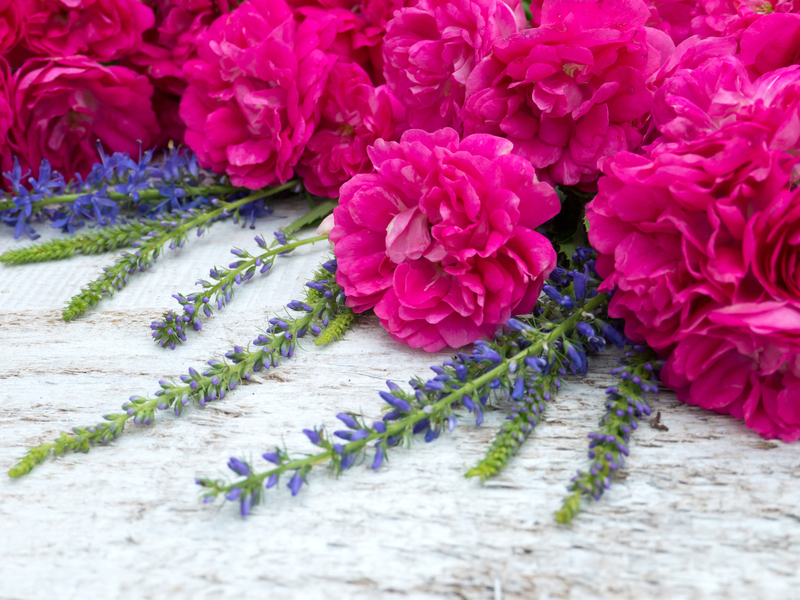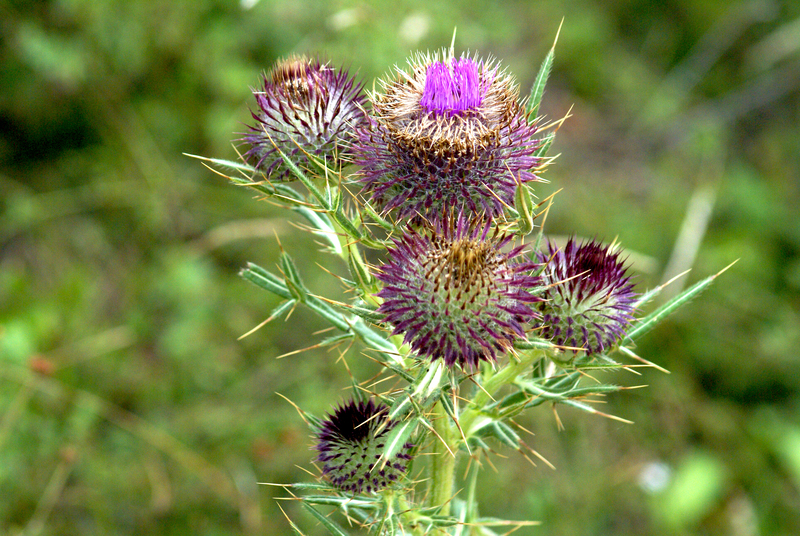Illuminate Dark Corners with Shade-Tolerant Climbers
Posted on 19/05/2025
Transform Your Garden: Illuminate Dark Corners with Shade-Tolerant Climbers
Gardening enthusiasts often face the challenge of dealing with dull, dark corners that seem impossible to brighten up. Fortunately, shade-tolerant climbers offer an innovative solution, transforming your shaded areas into vibrant, lush spaces. This guide provides detailed insights into how you can effectively illuminate dark corners using these resilient and visually striking plants.

Understanding Shade-Tolerant Climbers
Before diving into options, it's crucial to understand what makes these climbers ideal for less sunny spots. Shade-tolerant climbers are plants that have adapted to thrive in low-light conditions, often found under dense tree canopies or on the shaded sides of buildings. They are uniquely suited to excel where other plants may struggle, adding life and beauty to areas often overlooked in garden planning.
Benefits of Shade-Tolerant Climbers
- Low Maintenance: Many shade-tolerant climbers require minimal care once established, making them perfect for busy homeowners.
- Versatility: They can adapt to a variety of environments and are suitable for use on trellises, walls, and fences.
- Aesthetic Appeal: These plants provide a lush, vertical dimension to your garden, enhancing overall aesthetics.
- Environmentally Friendly: By covering walls, climbers can help insulate buildings, contributing to energy efficiency.
Top Shade-Tolerant Climbers to Illuminate Dark Corners
Ivy (Hedera helix)
Commonly known as English Ivy, Hedera helix is a classic choice for shaded areas. Its evergreen leaves offer year-round greenery, and its ability to cling to surfaces makes it a versatile option for covering unsightly walls. Ivy requires little maintenance and can grow well even in full shade, making it a robust choice for beginners.
Clematis (Clematis alpina)
For bursts of color in shady spots, Alpine Clematis is an excellent choice. This hardy plant produces stunning, bell-shaped flowers that can add a pop of color to your garden. It thrives in partial shade and is perfect for climbing trellises or arbors, providing a spectacular display without overwhelming care requirements.
Climbing Hydrangea (Hydrangea anomala subsp. petiolaris)
Known for its breathtaking fragrant, white flowers, the Climbing Hydrangea is ideal for transforming dark spaces. This plant is slow to establish but once it does, it becomes a majestic feature of any garden. It prefers partial shade and can climb walls or pergolas, adding texture and elegance to your garden design.
Jasmine (Trachelospermum jasminoides)
For those who desire fragrance along with beauty, the Star Jasmine offers both. It thrives in partial shade and its star-shaped flowers are not just visually stunning but also emit a delightful scent. This climber is perfect for areas where humans frequent and can climb walls, trellises, or even weave through other plants and structures.
Virginia Creeper (Parthenocissus quinquefolia)
If you're seeking a fast-growing option, Virginia Creeper is your go-to climber. It can quickly cover large areas, providing a vibrant red-to-orange display in autumn. Although it thrives best in shaded locations, it can also adapt to various light conditions, offering flexibility in landscaping projects.

Tips for Cultivating Shade-Tolerant Climbers
Choose the Right Spot
While these climbers are shade-tolerant, they will still benefit from a well-chosen location that offers some indirect sunlight. Ensure the soil conditions are well-draining to prevent waterlogging, which can be detrimental to plant health.
Provide Proper Support
Install sturdy support structures such as trellises or wire frames to guide their growth. This not only supports the plant physically but can be used strategically to direct growth and maximize visual impact.
Regular Pruning
Though many of these climbers are low maintenance, regular pruning is essential to promote healthy growth and prevent them from becoming unruly. Timely pruning also helps encourage more blooms and leaf production, providing greater coverage in shaded areas.
Conclusion
Incorporating shade-resistant climbers into your garden is a brilliant way to revitalize shadowy corners. These resilient plants not only enhance the aesthetic appeal but also bolster the biodiversity of your garden space. By understanding their unique benefits and the best practices for cultivation, you can create a lush, green haven in even the dimmest parts of your outdoor area. Embrace the natural beauty and practical benefits of these plants to transform your garden into an oasis of greenery and tranquility.

